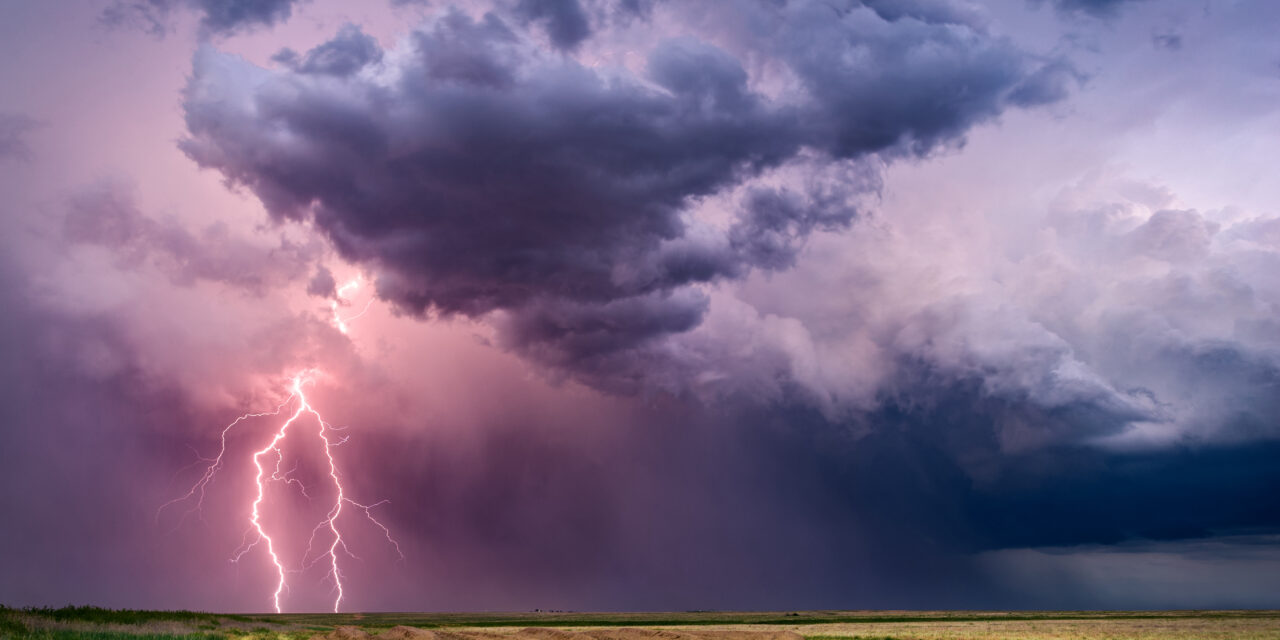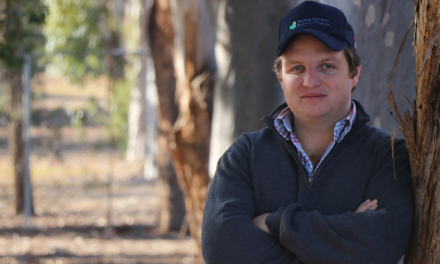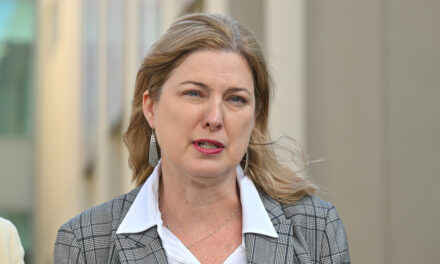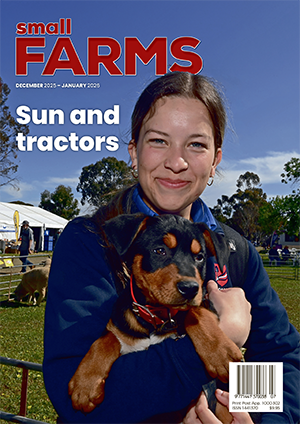After last year’s El Niño declaration, the drier times many anticipated didn’t occur — so what happened?
When the Bureau of Meteorology declared an El Niño event on September 19, it followed several months in the ‘neutral’ phase, after the three-year La Niña was declared finished on March 10, 2023.
Victoria Drought Resilience Adoption and Innovation Hub director Michael Tausz said once the El Niño was declared, many farmers were expecting — and preparing for — potentially drier conditions across much of Australia.
“Back in September, the Vic Hub emphasised the move into an uncertain stage, where it is unclear how the season will develop,” Professor Tausz said.
“Although El Niño is often perceived to be directly associated with droughts, the BoM emphasises that ENSO [El Niño-Southern Oscillation] is only one of several climate drivers that are used in the bureau’s sophisticated forecast models — and it’s not necessarily a decisive one.”
Prof Tausz said rather than basing any expectation of seasonal conditions just on an El Niño declaration, the Vic Hub, which is funded by the Federal Government’s Future Drought Fund, regularly points to the long-range forecasts issued by the BoM, which take into account and model the effects of all known climate drivers — not only El Niño.
“In September and early November, these forecasts also reported only a 20 to 40 per cent chance of exceeding median rainfall in most of Victoria for the next three months,” he said.
“Perhaps not surprisingly, farmers and others in the community were scathing about the ‘unreliable forecasts’, and some went as far as blaming BoM for what turned out to be in hindsight poor business decisions, such as destocking.”
Prof Tausz said the ensuing issues of long-range forecasts soon moved to predicting at least a 50 per cent chance of rainfall exceeding three-month rainfall medians in much of Victoria.
“Putting aside that some of the fiercest criticism ignored these updates, there seems to be also a fundamental misunderstanding in how these longer-range forecasts should be read.
“Because of the highly complex and chaotic system that is our atmosphere, it is currently still impossible to make direct weather predictions for more than a few days ahead.
“Longer-range forecasts are therefore expressed as likelihoods of a certain condition.”
For example, the latest BoM forecast on January 25 gives a 30 to 60 per cent chance of exceeding the median rainfall in Victoria.
“As an example, a 30 per cent chance of exceeding median rainfall — as given for Victoria’s south-western corner — should be read as follows: if we make the prediction of above-median rainfall 10 times, we would get it right only three times; the 30 per cent chance is three out of 10 predictions.
“In other words, if we predict below-median rainfall, it would be correct seven out of 10 times. Above-median rainfall has shorter-than-even odds, but is certainly not impossible, and should definitely not be completely discarded in any planning.”
Prof Tausz said the “correctness” of such a forecast cannot be evaluated in a single season, but only over the longer term, once such a forecast is issued multiple times.
“This may not alleviate frustrations about management decisions being made in this particular season, which would have been different in hindsight, but using the guidance consequently and appropriately as one input for risk management over multiple seasons will be beneficial in the mid to longer term.”
The eight Drought Resilience Adoption and Innovation Hubs link regional communities with the latest science and research to help strengthen drought preparedness. For more information, go to: https://www.agriculture.gov.au/agriculture-land/farm-food-drought/drought/future-drought-fund/research-adoption-program/adoption-innovation-hubs








